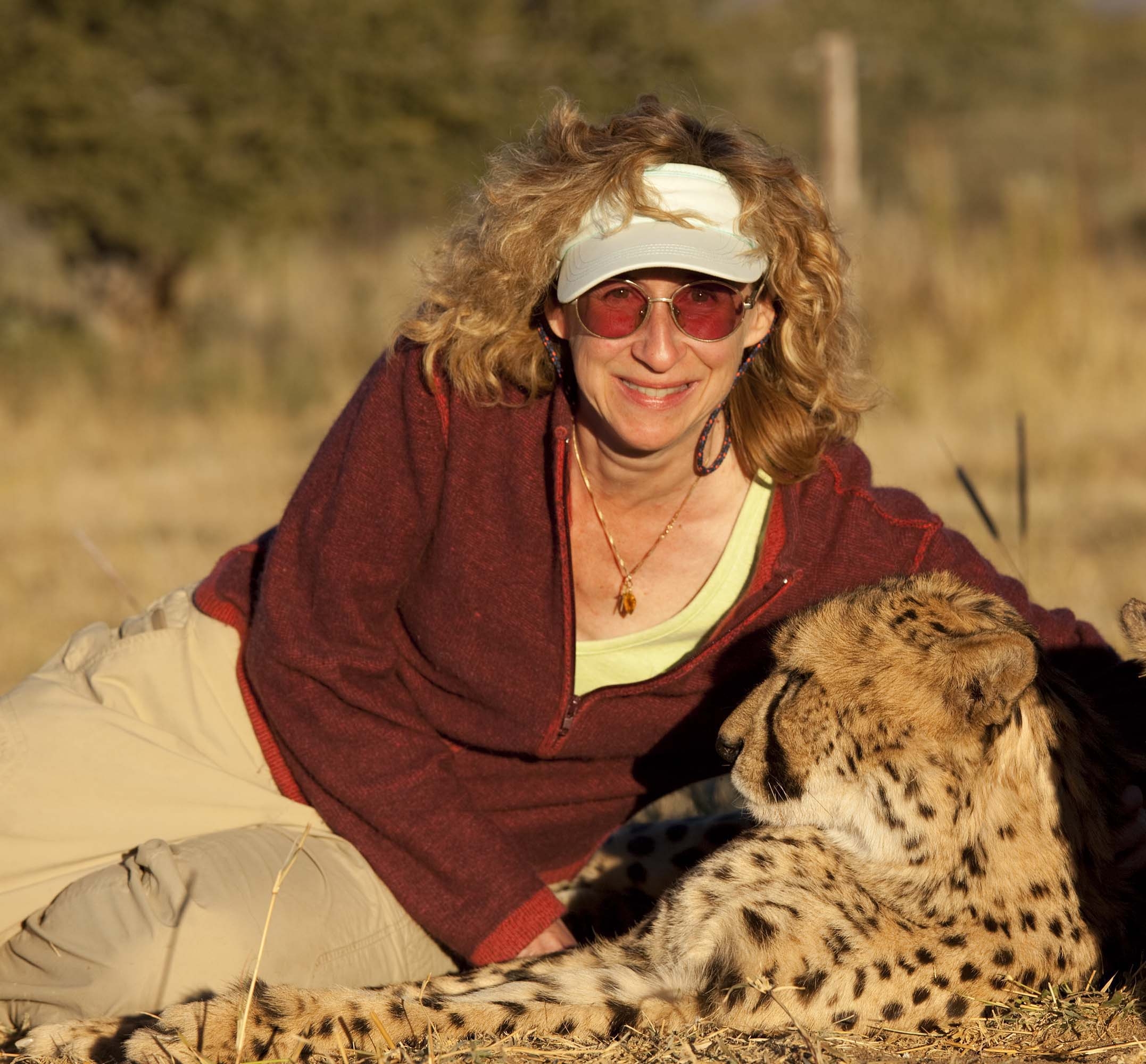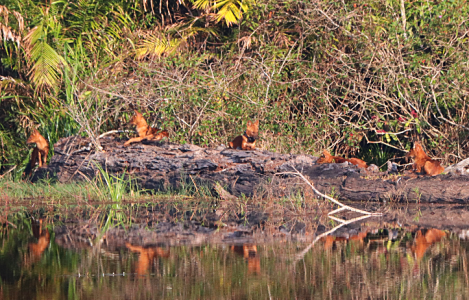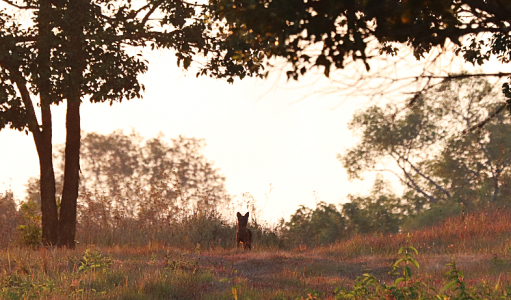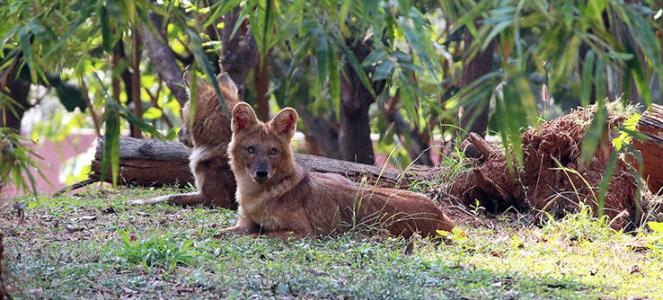Wombats, Wild Dogs, and the Worldly Career of Sy Montgomery
By Sy Montgomery, Author and Naturalist
In January, bestselling author Sy Montgomery will travel to Thailand’s Khao Yai National Park to join the Earthwatch expedition Tracking Asiatic Wild Dogs in Thailand. Sy is no stranger to wild adventure and has been deemed “part Indiana Jones and part Emily Dickinson” by the Boston Globe and “equal parts poet and scientist” by the New York Times. Sy attributes the launch of her exciting, exotic career to Earthwatch. This post will be the first in a series reporting on Sy’s experience studying wild dogs, also known as “dholes,” in Thailand as a member of an Earthwatch team working with Drs. Ronglarp Sukmasuang and Nucharin Songsasen.

Sy Montgomery (Courtesy Vicki Steifel)
Nearly 36 years ago, wombats changed my life.
After five years working as a science journalist at a daily newspaper, my father gave me the gift of my dreams: a plane ticket to Australia. I’d always wanted to go. No other land boasts so many marsupials – mammals whose tiny, undeveloped young, and sweet belly pockets to hold them, had fascinated me since childhood. But what to do once I got there? I discovered Earthwatch, and joined an expedition with Brookfield Zoo’s respected research biologist, Dr. Pamela Parker, studying the underground lives of the southern hairy-nosed wombat at Blanchetown Conservation Park in South Australia.

A southern hairy-nosed wombat.
A lot of our work involved counting fecal pellets. But I could not have been more riveted by the work. I loved the outback. I loved the animals. I loved the science. I loved falling asleep in my tent with the smell of eucalypt smoke in my hair, and waking to sunrises streaked with flocks of pink and grey parrots.
At the end of our two weeks together, Dr. Parker told me she wished I could come back — though she couldn’t hire me, or even pay my way if I wanted to volunteer again. But if I ever wanted to come study any animals at the park, she said, I’d always be welcome at her camp, and she would give me food.
So I quit my job and moved to a tent in the outback.
This is how I began a career off the beaten track. Since then, I’ve swum with piranhas, pink dolphins and electric eels in the Amazon, hiked the Altai Mountains of Mongolia looking for snow leopards, and worked in a pit with 18,000 snakes. In Borneo, I’ve been undressed by a curious orangutan. In New Guinea, I helped radio collar tree kangaroos. In French Guyana, I held my (first) wild tarantula. I’ve been hunted by a swimming tiger, chased by a silverback gorilla, and embraced by several giant Pacific octopuses — and meanwhile written 25 books on animals and nature for adults and children, thousands of articles, and scripts for National Geographic TV. I’ve never looked back!

But all this time, I have ever been grateful to Earthwatch. And not just for that first expedition. In the ensuing decades, research for several of my books (including the one with the 18,000 snakes) has intersected with Earthwatch teams.
And now, to my delight, I am heading out with Earthwatch again. Thanks to a generous Earthwatch Communications Fellowship, this January I am looking forward to joining an Earthwatch team on the expedition Tracking Asiatic Wild Dogs in Thailand with principal investigators Drs. Ronglarp Sukmasuang and Nucharin Songsasen in Khao Yai National Park.
Asiatic wild dogs, also known as dholes, are one of the world’s most endangered canids, and also one of the most enigmatic. Red-coated and bushy-tailed, they look a bit like foxes. But other than their appearance, they are nothing like our familiar vulpines — or any other dog on Earth.
Dholes don’t bark, yip or howl. They whistle. They thrive among leopards, bears, and tigers. They can run 45 miles per hour, leap seven feet into the air (to get their bearings as they hunt!), and are excellent swimmers.
But despite their rarity, in many areas, dholes are considered pests. I’m honored to be able to work on a team that will help figure out how much food and room these whistling dogs need to survive, and how best to protect them.
I’ll be sharing the experience by posting blogs from the field next month. I can’t wait to tell you about this adventure!
Read about Sy's exciting adventures on Tracking Asiatic Wild Dogs in Thailand in her first blog in that series, "Worlds Between Worlds."
YOUR SUPPORT MATTERS
Earthwatch depends on donations—above and beyond what we raise from volunteers who participate on our expeditions—in order to deliver our global conservation mission. In fact, volunteer contributions provide only half of the total resources Earthwatch needs to sustain over 40 field research expeditions, a wide variety of educational programs, corporate sustainability trainings, and more each year.


